In the vast landscape of communication technology, customer needs span a broad spectrum. On one end, there's a demand for advanced, high-capacity, multi-site, Tier III digital systems that pack every feature conceivable. On the flip side, a significant user base exists that prefers the simplicity and affordability of basic push-to-talk functionality, a demand that some manufacturers continue to meet efficiently.
When it comes to operation over extensive distances, the inherent characteristics of analog and digital two-way radios come into play. Analog signals, though they may degrade over distance, maintain audibility, allowing for continuous communication. In contrast, digital signals offer a sharp cutoff once they exceed their operational range, presenting a potential challenge for critical communication scenarios. A thorough site survey, assessing both analog and digital technologies, enables authorized dealers to recommend the most suitable solution tailored to specific user needs.
In rural settings, surrounded by expansive fields, dense woodlands, and other natural barriers, digital systems may encounter signal strength issues, leading to dropped communications. Analog systems, despite potential noise and distortion, still manage to deliver audible communication, ensuring that users can maintain contact. This nuanced understanding of the operational environment and technology performance is crucial for selecting the right communication tools.


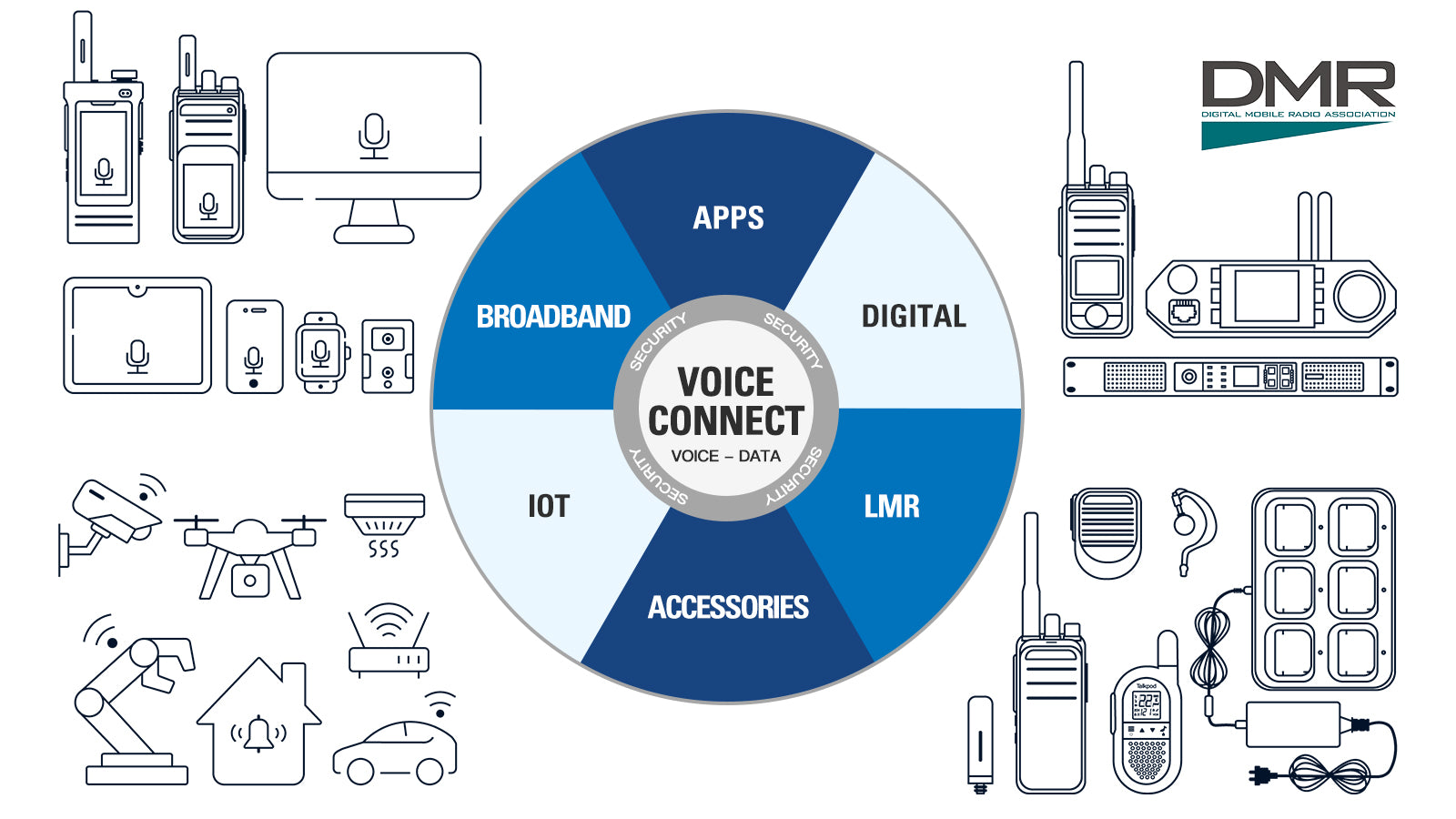
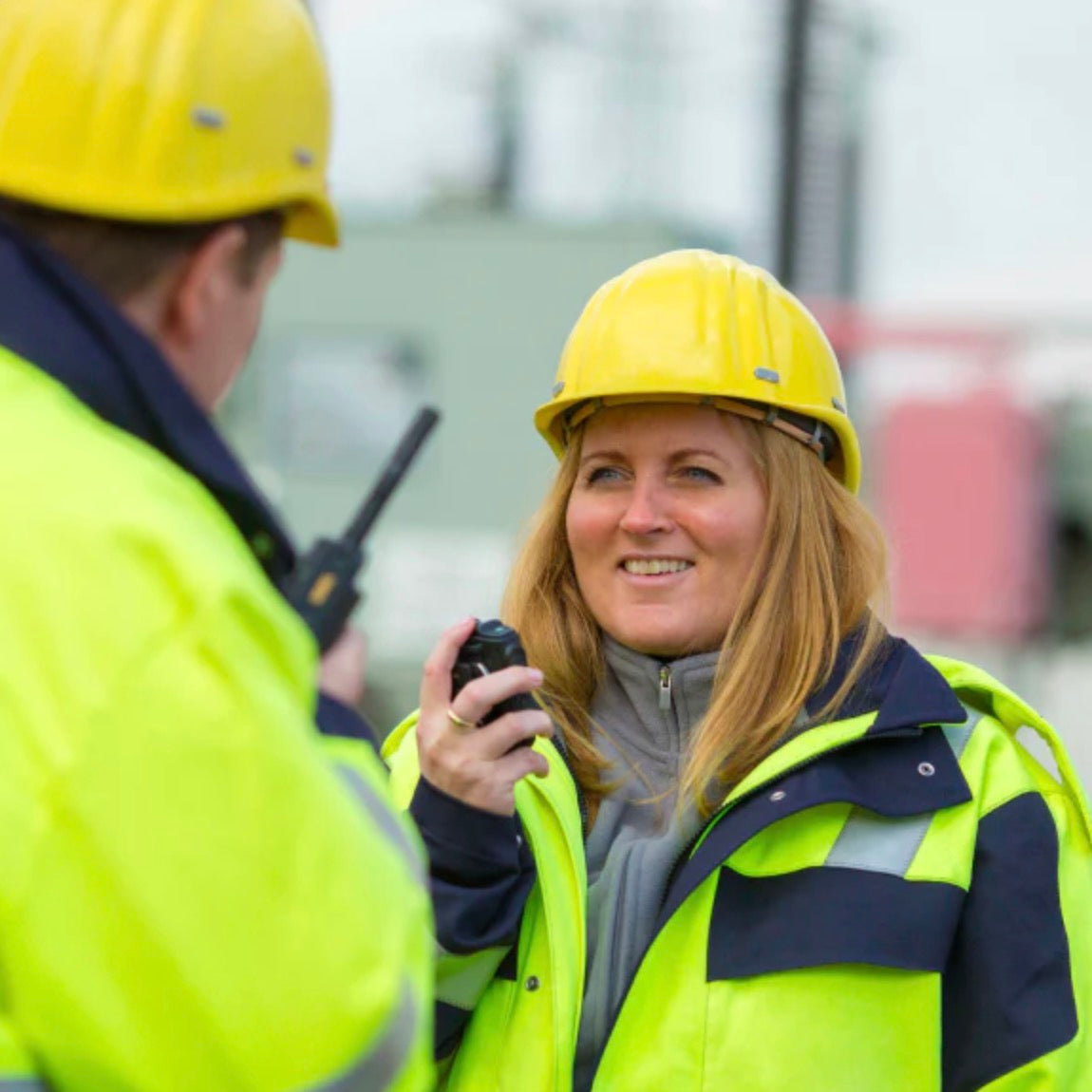

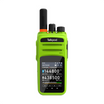
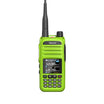
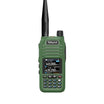
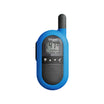
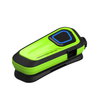
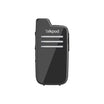
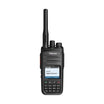
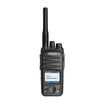
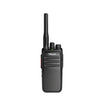
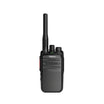
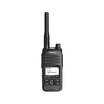
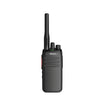
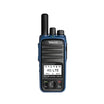
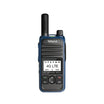
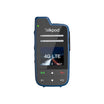
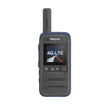
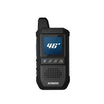
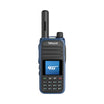
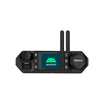
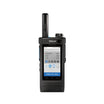
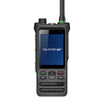

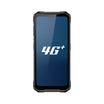
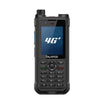
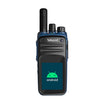
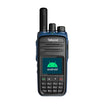
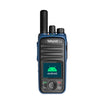
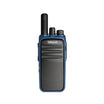
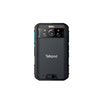
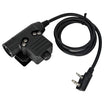
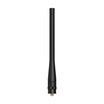
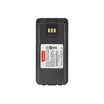
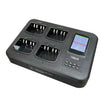
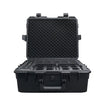
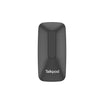
Leave a comment
This site is protected by hCaptcha and the hCaptcha Privacy Policy and Terms of Service apply.